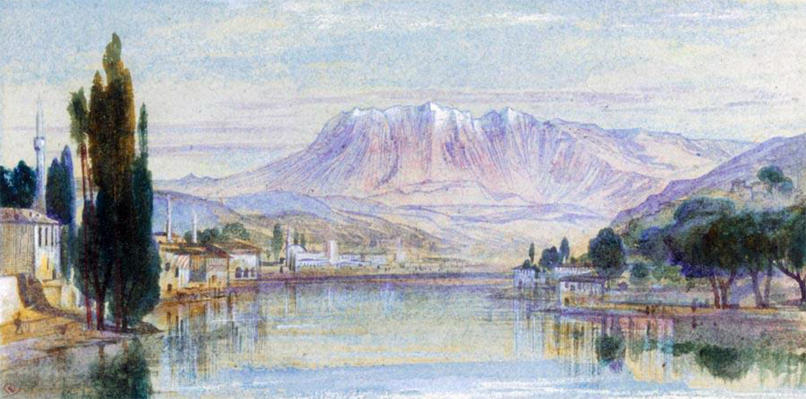Besides the UNESCO World Heritage Site status, Berat is home to 122 monuments of culture of the first category. The list includes small castles, ancient settlements, bridges, churches, mosques, shrines, ruins, etc. Most of them are found in the surrounding villages and can be used as an advantage for attracting visitors in the countryside.
Berati Castle

Berati Castle, located in one of the three UNESCO World Heritage Sites in Albania, is one of the most visited tourist attractions in the country. The number of visitor’s especially international tourists has increased. Berat Castle also is known as Kala, is located on the right side of Osumi River and it is home to the ancient city of Antipatrea, which dates back to the seventh-fifth centuries B.C. According to the data provided by DRKK Berat, Antipatrea is one of the most beautiful and important sites in Albania and the increased number of visitors confirms this fact. The castle of Berat has gone through different historic stages such as the Illyrian, Byzantine, the feudal principalities, the Ottoman invasion periods. A special fact about the castle is that has 24 towers.
List of castles in Berat
Krotina or Dimali castle
Mbjeshova Castle
Mbolani Castle
Peshtani Castle
Tomorri Castle
Gorica Castle
Plancka Castle
The Castle at Gora Peak
Tomorrica Castle
Corovoda Castle
Koroni Castle
St. Kolli Church in Perondi village

St. Kolli Church is situated in Perondi village, 18 km away from the city of Berat. The church is one of the earliest Byzantine monuments in Albania, while the belfry is one of the oldest Byzantine structures in the Balkans.
The church’s structure went through different construction stages during the centuries. According to the experts, the church dates back to the eleventh century.
The Bachelors’ Mosque

Xhamia e Beqareve, located in the lower part of Mangalem Neighborhood. It was the mosque of the unmarried artisans and merchants. According to the inscription, the mosque walls were painted in 1827-1828.
Abaz Ali shrines

Historical data mention two shrines dedicated to Abaz Ali in Tomorri National Park, one in the south and the other on the northern part of the mountain. Hundreds of thousands of Christian and Sufi pilgrims climb the mountain every summer to honor Virgin Mary and Abaz Ali. The tekke is situated at the highest peak of the mountain, at 2,416 meters, seven km away from Kulmaku Tekke. Visitors can either walk or drive up to the mountain top.
The mountain is closely related to the city of Berat, a UNESCO World Heritage Site. Tomorri Mountain is a great playground for fans of outdoor activities as it spreads over 23,444 hectares.
Kasabashi Bridge

This monument is located close to Corovoda city in Skrapari area. Kasabashi falls under the category symmetrical three-arched bridges. It is said that the bridge is a work of Architect Kasemi, a master of classic Ottoman architecture, in 1640.
The bridge was an important link between the cities of Berat and Korca.
Velabishti Bridge

The Bridge of Velabishti was built by Ismail Velabishti in 1750. Its main use was as a caravan bridge. Like Kasabishti, it is a symmetrical three-arched bridge. For a long time, vehicles used to cross the bridge, and the old cobblestone was covered in concrete. The bridge was restored to its original structure while a new bridge was built nearby.
The Historic House in Roshnik

The 300-year-old house in Roshnik village is a monument of culture of the first category.
The Bridge of the French (Ura e Kaurit/Frengut) in Poshnje, Ura Vajgurore

The most ancient traces of the bridge date back to the Roman period. The function of the bridge was to connect the coastal area with the internal region. It was built on Osumi River Valley and mostly used from caravans that traveled from Apollonia to Berat. The bridge lost its function as the river bed changed. Currently, it is located in the yard of private property, and this makes it difficult to visit the bridge.
Vokopola Bridge by the Black Water

Main image: Edward Lear
Watercolor of Berat in central Albania, with the Osum (Apsus) River, and Mount Tomorr in the distance. 15 October 1848

Leave a Reply
You must be logged in to post a comment.